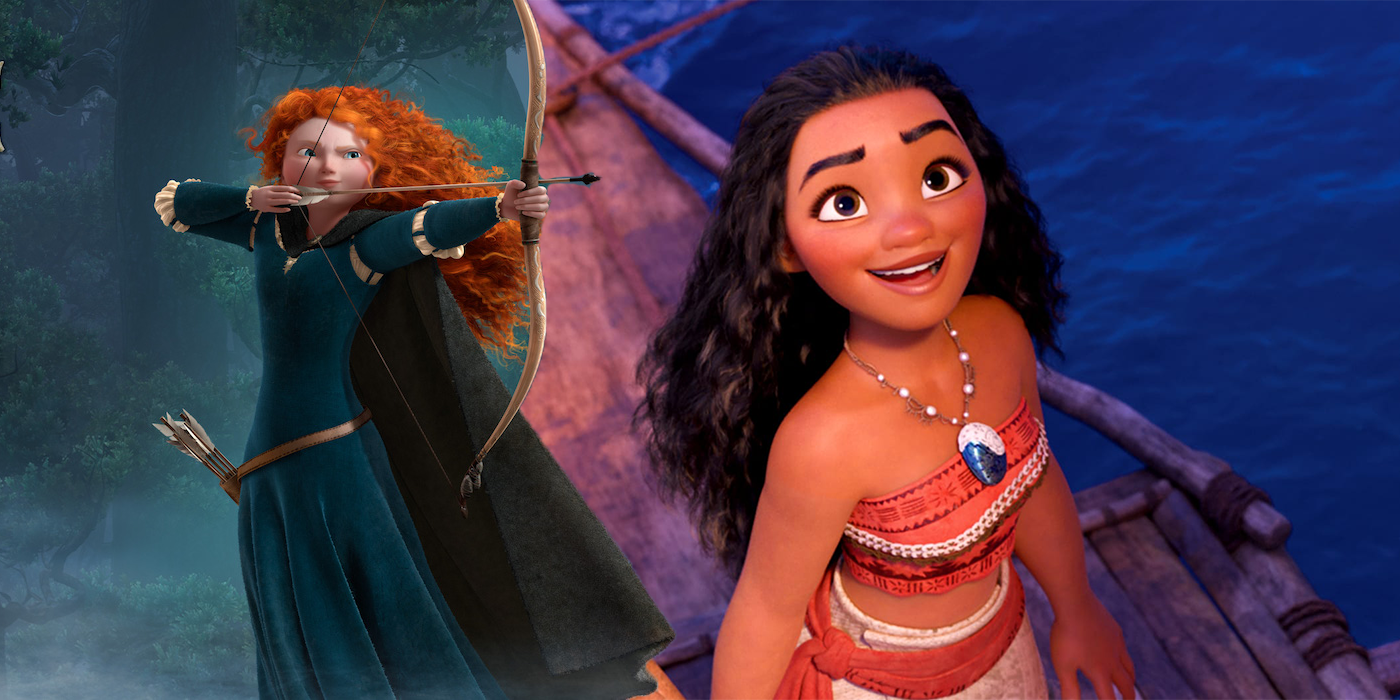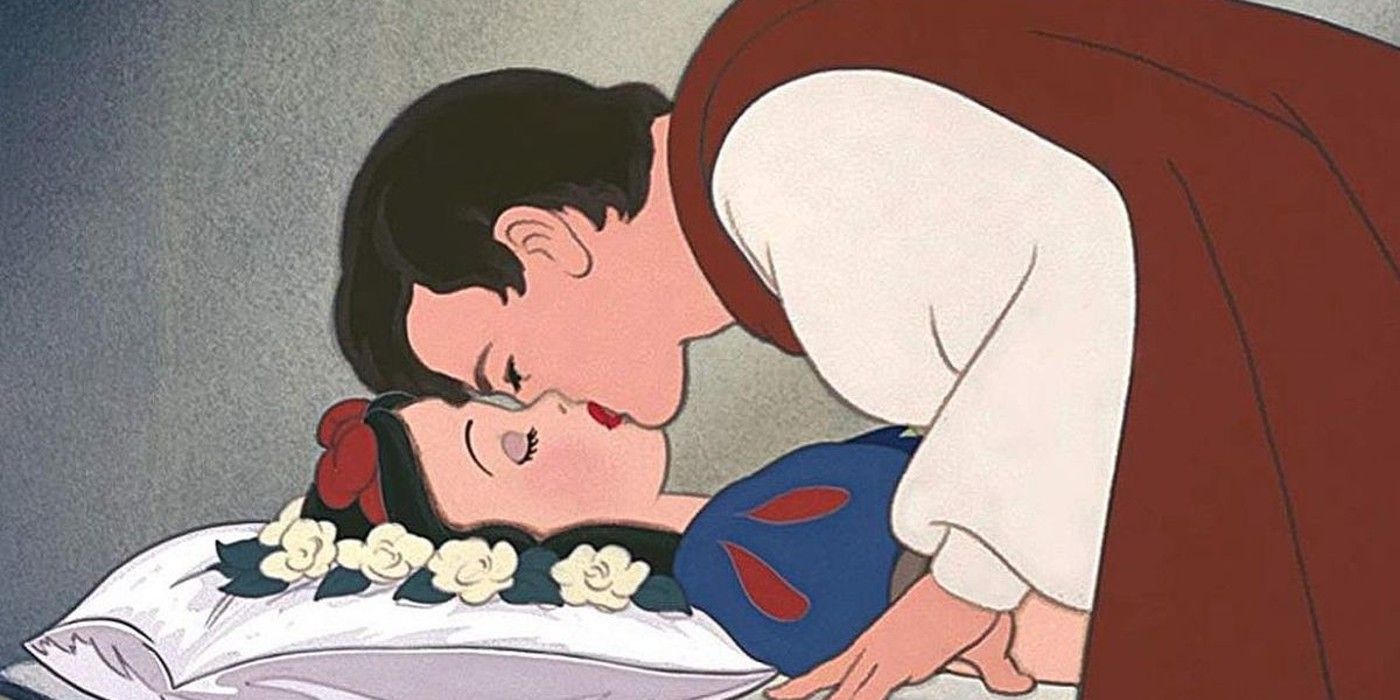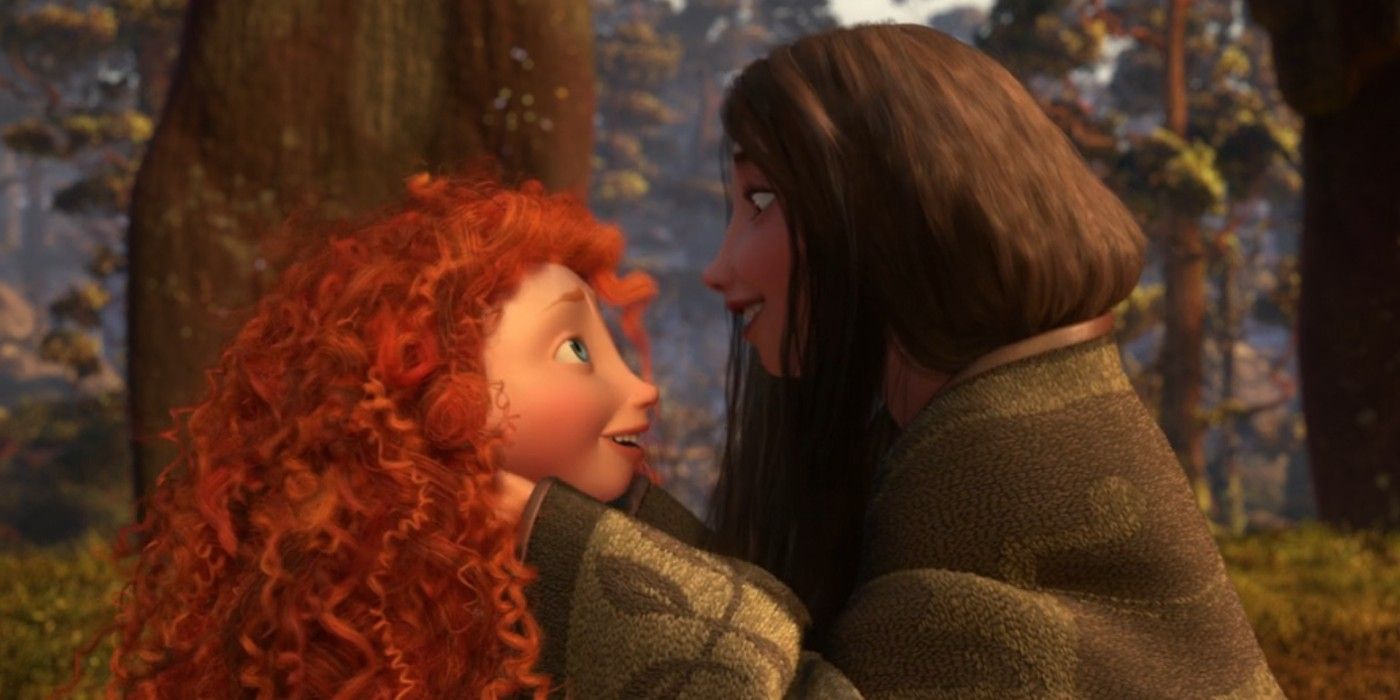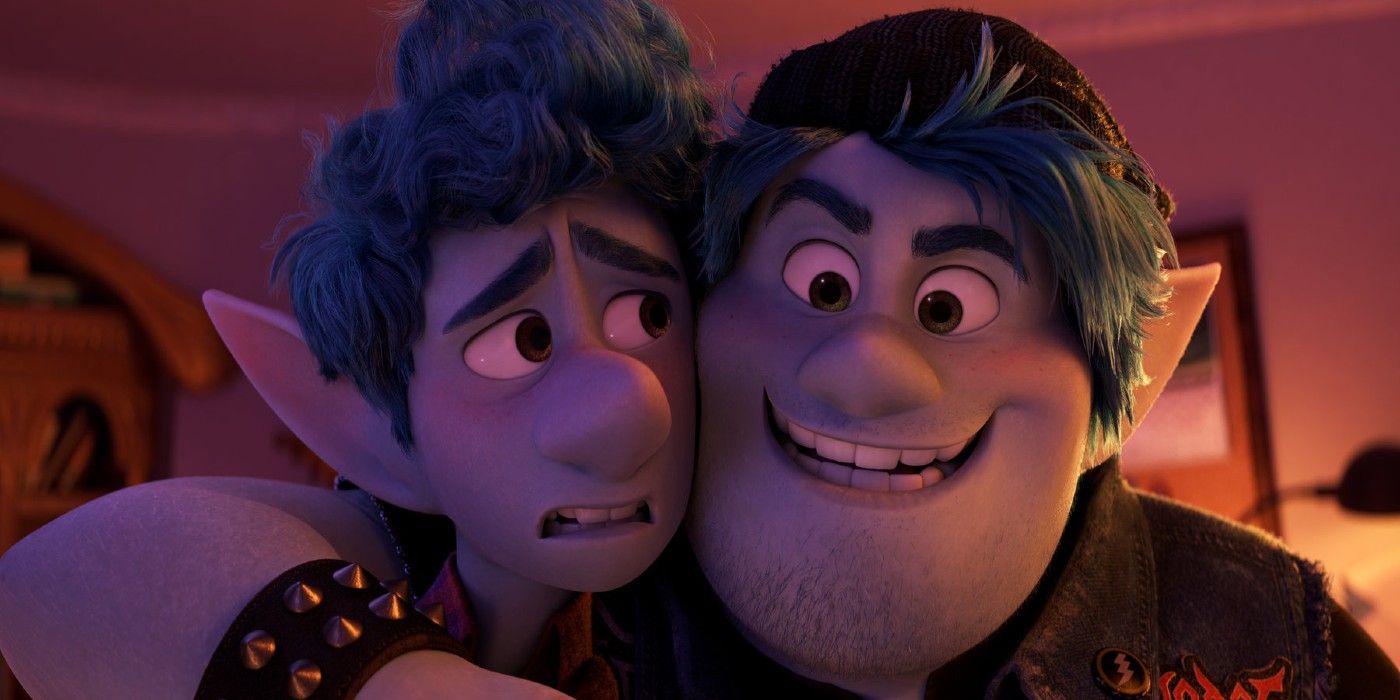Disney and Pixar films have shown a recent trend of moving away from purely romance-based into other types of storylines, showing how Disney's animations from both have moved away from the Disney Classics' biggest princess movie problem. Disney and Pixar have lived under the same umbrella since Disney bought Pixar in 2006, and while Walt Disney Animation and Pixar Animation still retain their own names, their shared story-focus since that partnership began has been difficult to ignore. That period has also seen lots of Disney's animation move beyond some of the oldest tropes, with modern animated classics like Encanto and Pixar's stories leading the way in expanding the stories on show, and, in particular, the relationships explored.
At one time, "Walt Disney Classics" was used to identify all of Disney's animated features from 1937-1992 when they were released on VHS for home video. This included the entire gamut from Snow White and the Seven Dwarves to Aladdin. Since that VHS line has been discontinued, however, "Disney Animated Classic" has now become more of a catchall term for any well-known Disney animated movie released under the Walt Disney Animation Studios banner. One thing that ties a significant number of these Disney Classics together is the sprawling collection of Disney princesses. Though not every Disney Classic features one, nearly every top-shelf, universally well-known Disney animated feature does.
Where there are princesses, there are inevitably princes, too. Thus, it's a hallmark of most Disney Classics that the prince and princess fall in love and live happily ever after. Even if the romance isn't the sole focus of the film, as in The Lion King where the main point is Simba's character journey which eventually ends with him killing Scar to avenge Mufasa, there's still a romantic partner for the protagonist by the end. While these stories are inevitably entertaining, however, they aren't enough when it comes to teaching young audiences how to build healthy relationships in all aspects of their lives. Fortunately, the romance-above-all storyline is beginning to look like a thing of the past, with recent movies looking to be particularly focused on expanding the focus. Here's why Disney and Pixar’s shift in depicting relationships over the past decade is so important.
Disney Classics Focus Too Heavily On Romantic Relationships
Most Disney classics, from Sleeping Beauty to Atlantis: The Lost Empire, are adapted from fairytales, folklore, or classic literature. As such, they are full of whimsy and moral lessons that can be fun and beneficial for their target audience, kids. They do also explore some relationships other than romance, too, most often that of child and parent, stepparent, or fairy godparent. But ultimately, all fairytale-based Disney princess movies are primarily about the princess finding her Prince Charming, which can actually be a bit of a red flag.
Classic princess movies create the impression that a person's main goal should be finding romantic love, and that they should give up anything, from their literal voice in The Little Mermaid to "life itself" in Robin Hood and other films, in order to achieve it. This takes the far-fetched nature of fairytales from fun to somewhat harmful, as it teaches kids that a happy ending has to look like a beautiful prince and princess ending up together no matter the cost. Likewise, there's also the oft-forgotten fact that many of the Disney princesses' ages are alarmingly young for them to be considering marriage.
How Disney & Pixar Have Shifted To Depicting A Wider Range Of Relationships
By contrast, Disney and Pixar's films of the past decade or so have done a remarkable job of shifting the conversation from romance-focused storylines to ones that portray a wider range of relationships. That shift coincided with Pixar's rising success - the reason for Disney's acquisition of the company, after all - and Disney's own comparative struggle with animation releases. While Pixar was not the creative controlling interest in itself, it's impossible to ignore the influence those stories had on Disney's subsequent approach to storytelling: from the outside, Disney obviously started to take strides to adopt the principles that had driven Pixar's success. John Lasseter was even named the chief creative officer of both Pixar and Walt Disney Animation Studios after the 2006 purchase. Some of the movies in question accomplished this by sticking with princess stories based on real folklore but allowing their animal companion-loving Disney princesses to go beyond finding a prince in the search for happily ever after. Brave, Moana, and Raya and the Last Dragon are all strong examples of this. Merida explicitly refuses to look for a romantic partner in Brave, and instead has a beautiful journey learning to repair her relationship with her mother. Moana and Raya never consider romance at all, instead working to improve their relationships with themselves, their mentors and parents, and their found families and friends.
Other films have parted with the fairytale-based princess model altogether in favor of more original concepts. Though none of them have princesses at their center, they still embody the fantastical, colorful character that makes Disney films so memorable. Coco, Onward, and Encanto all provide strong examples of working towards healthy family relationships, such as between parents, grandparents, siblings, and extended family. Wreck-It Ralph and Pixar's history-making Soul offer models of self-love and healthy mentorships, while movies like Zootopia and Luca are about developing strong friend- and partnerships among peers. Though it's possible to read the relationships between Judy and Nick or Luca and Alberto as heading down the romance path eventually, the films don't force these narratives, instead allowing the friendships to be what they are organically in the present moment.
Why It’s Important For Disney & Pixar To Showcase More Than Just Romantic Love
Disney and Pixar's shift to portraying all kinds of relationships instead of just romance is an important step in children's content that should continue into the future. While many people will encounter romance in their lifetime, kids are far more often dealing with relationships among their family, friends, and teachers. Thus, it's huge important for children to see healthy models of these relationships in the content they watch, as well as examples of how to work through their challenges, as so often happens in an animated Disney classic. Likewise, even into adulthood when romantic relationships become more important, it's still crucial to cultivate bonds in all aspects of life and achieve a healthy balance. Because children's stories help lay the foundation for social development, they have a responsibility to guide kids through a broad range of scenarios and relationship types, in order to prepare them for the world. This means going way beyond the stereotypical fairytale-style romance.
Disney animated features are steadily heading in a new and more diverse direction that will be much better and more inclusive for kids and adults alike. This has come in the form of narratives with greater geographic and racial diversity than Disney has had in the past, slivers of LGBTQ+ representation that will hopefully continue to grow stronger, and of course, the portrayal of more relationship types than the staple fairytale romance of old-school Disney princess movies. While there's still plenty to love about these older films, Disney and Pixar's narrative shift is helping to fix the classic princess movies' biggest mistake.




